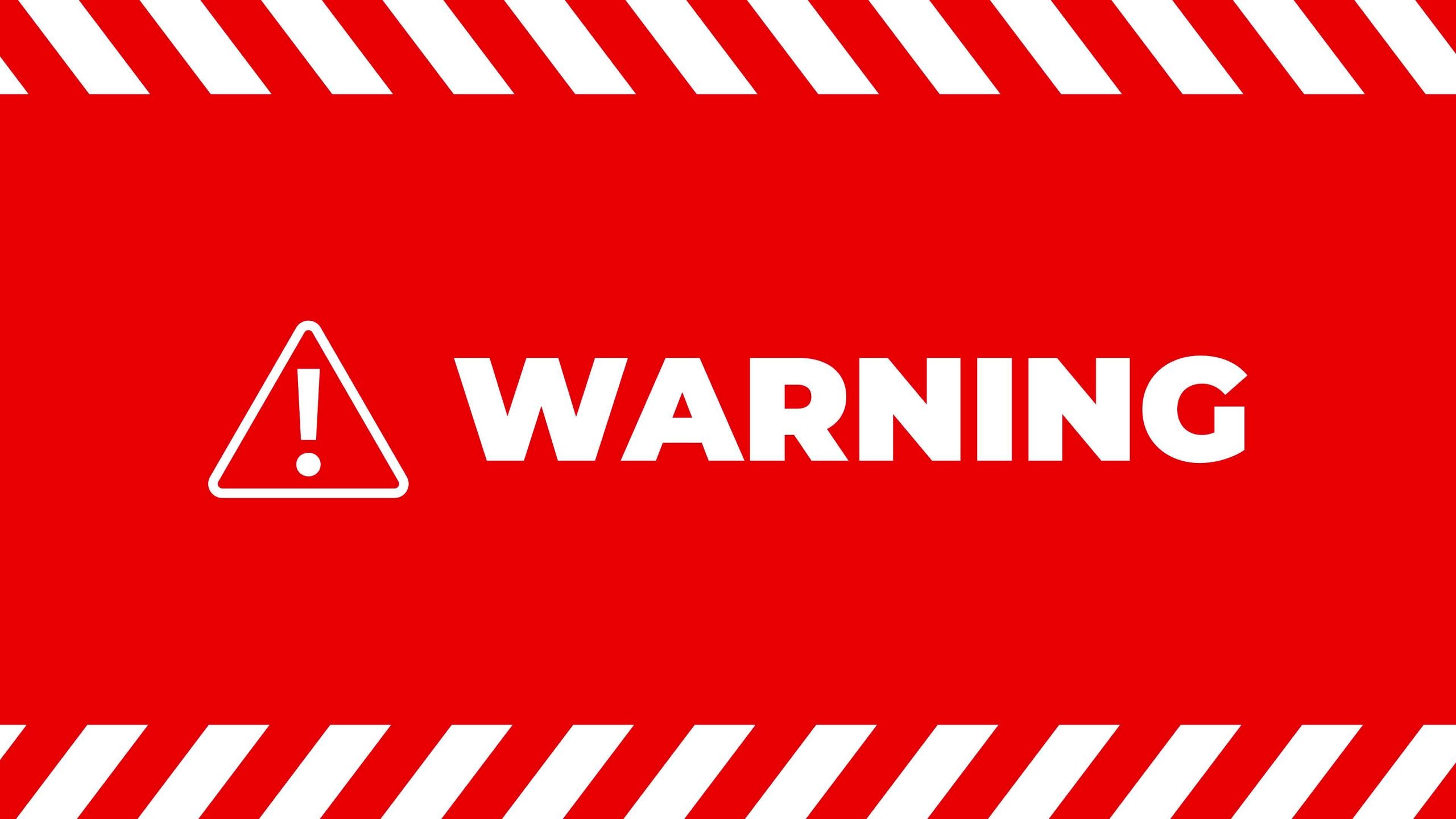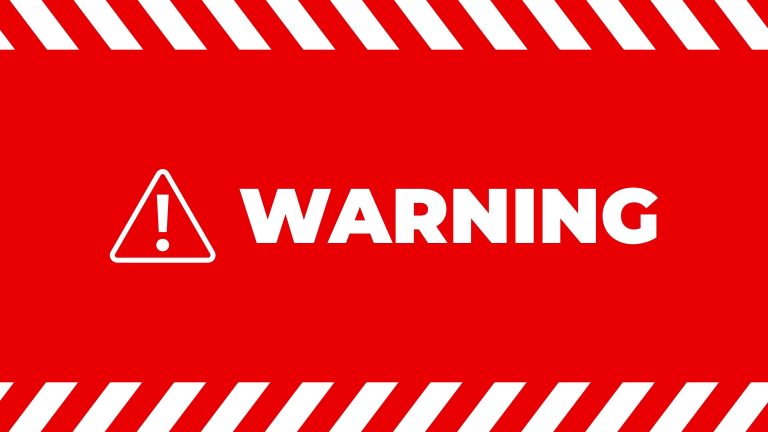Red is a color that instantly grabs attention. From stop signs to fire alarms, red is universally recognized as a warning color. But why is red the go-to choice for danger and caution? The answer lies in a combination of science, psychology, and historical evolution. Let’s explore why red is the ultimate warning color.
The Science of Red: Visibility and Wavelength
One of the main reasons red is used for warning signs is its visibility. Red has the longest wavelength of any color in the visible spectrum, meaning it remains highly detectable even from a distance. It also stands out in both bright and low-light conditions, making it an ideal color for emergency situations.
A study published in the journal Perception found that longer-wavelength colors, like red, are perceived as closer and more urgent than shorter-wavelength colors, such as blue or green. This makes red an optimal choice for warning signs that need to be noticed immediately.
Additionally, red is less likely to be distorted in foggy, rainy, or smoky environments, ensuring that warning signs remain clear no matter the conditions.
The Psychology of Red: Instinct and Reaction
Beyond its scientific advantages, red triggers psychological and physiological responses in humans. Studies show that red increases heart rate, raises blood pressure, and heightens alertness. This is because red is associated with danger and urgency, activating the brain’s fight-or-flight response.
Research conducted by the University of Rochester found that exposure to red enhances reaction times and increases focus, which explains why red is commonly used in emergency and stop signals.
This instinctive reaction makes red a powerful tool for warning signs, as it immediately signals the need for caution.
Red in Nature: A Natural Warning System
Red’s association with danger isn’t just a human-made concept—it’s deeply rooted in nature. Many poisonous animals, such as venomous snakes and insects, have red markings to warn predators. Blood, a universal sign of injury, is also red, reinforcing the connection between the color and danger.
A study in Biology Letters confirmed that animals with red coloration are often perceived as more threatening, a concept known as “aposematism,” where bright colors warn of potential danger.
Humans have likely adapted to respond to red as a warning color due to these natural cues.

The History of Red in Warning Signs
The use of red in warning signs dates back centuries. Early warning systems used red flags and torches to signal danger. With the rise of industrialization and traffic systems in the 20th century, red was standardized for stop signs, traffic lights, and fire alarms due to its effectiveness in grabbing attention.
In 1954, the Manual on Uniform Traffic Control Devices (MUTCD) in the United States officially designated red for stop signs and fire equipment. Since then, red has become the international standard for warning symbols across industries.
Where Red is Used Today
Red is now a universal color for warning and danger in various fields:
- Traffic signs: Stop signs, yield signs, and traffic lights use red to control movement and prevent accidents.
- Fire safety: Fire alarms, extinguishers, and emergency exit signs often incorporate red for immediate recognition.
- Hazardous materials: Labels for flammable, explosive, or toxic substances frequently use red to signal risk.
- Workplace safety: Danger signs in industrial settings, such as electrical hazard warnings, often feature red to ensure visibility and compliance.
The Future of Warning Colors
While red remains the dominant warning color, new technologies are emerging to enhance visibility further. Reflective and LED-lit signs improve nighttime awareness, while digital signage allows for dynamic color changes based on different levels of urgency. However, red is unlikely to be replaced anytime soon, as its psychological and scientific effectiveness remains unmatched.
Conclusion
The use of red for warning signs is no accident—it’s backed by science, psychology, and history. Its ability to capture attention, trigger instinctive responses, and remain visible in various conditions makes it the perfect color for safety and caution. Next time you see a red warning sign, remember that it’s not just a random choice—it’s a carefully selected tool designed to protect and alert you.
What other places have you noticed red being used for warnings? Let us know in the comments!





